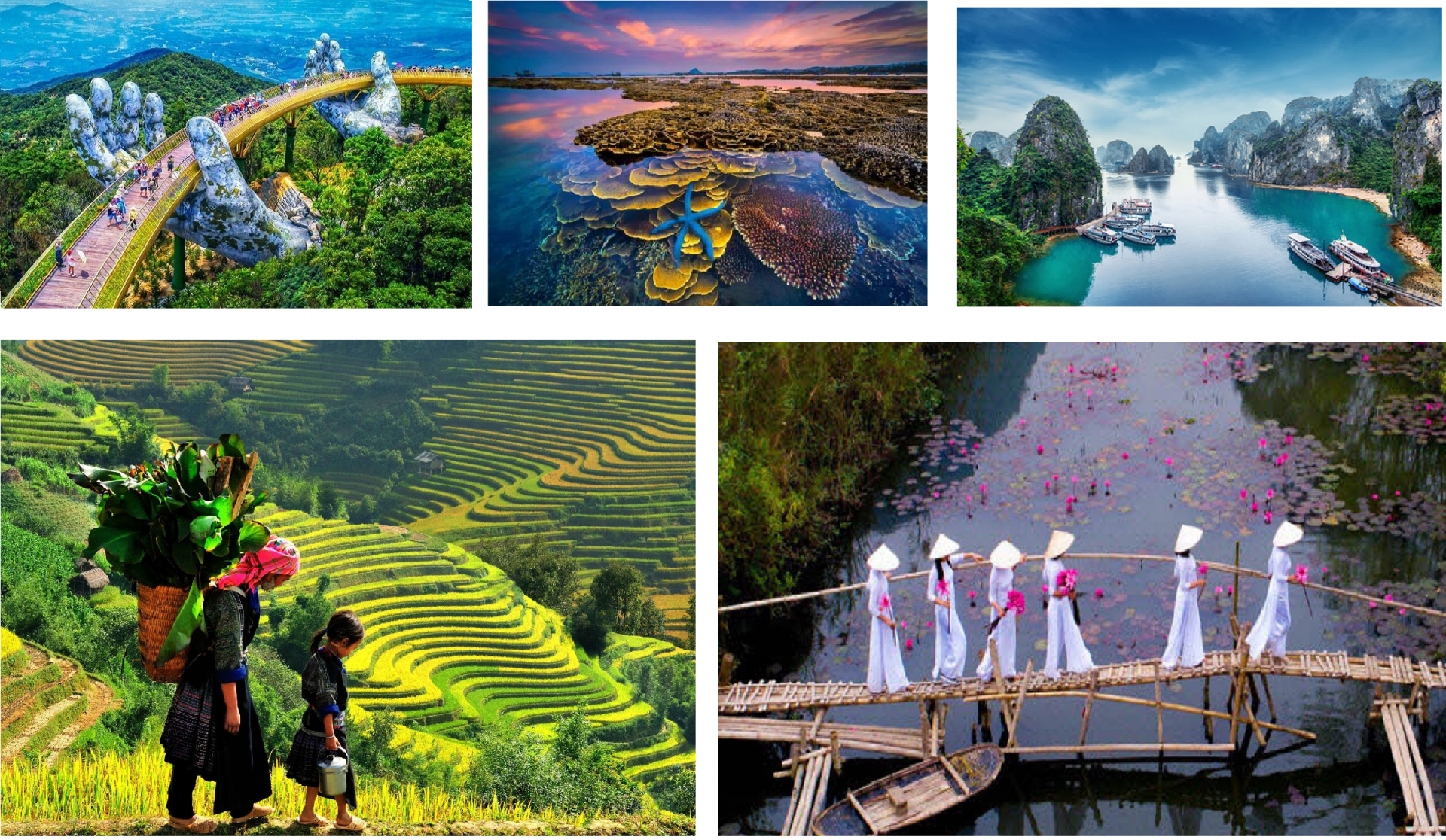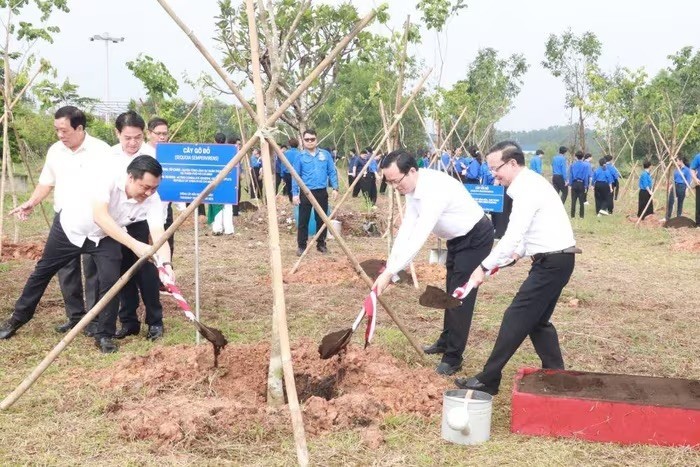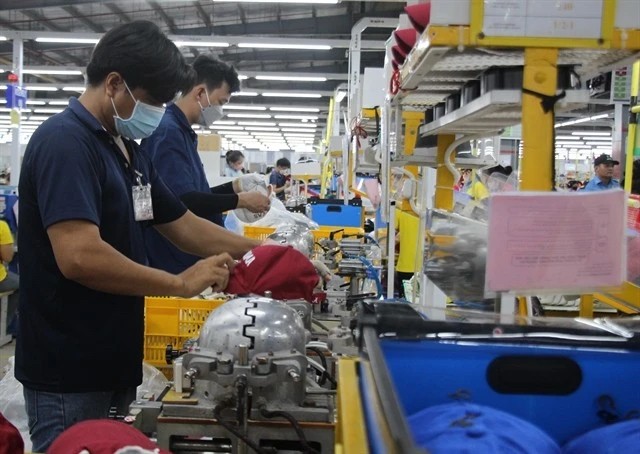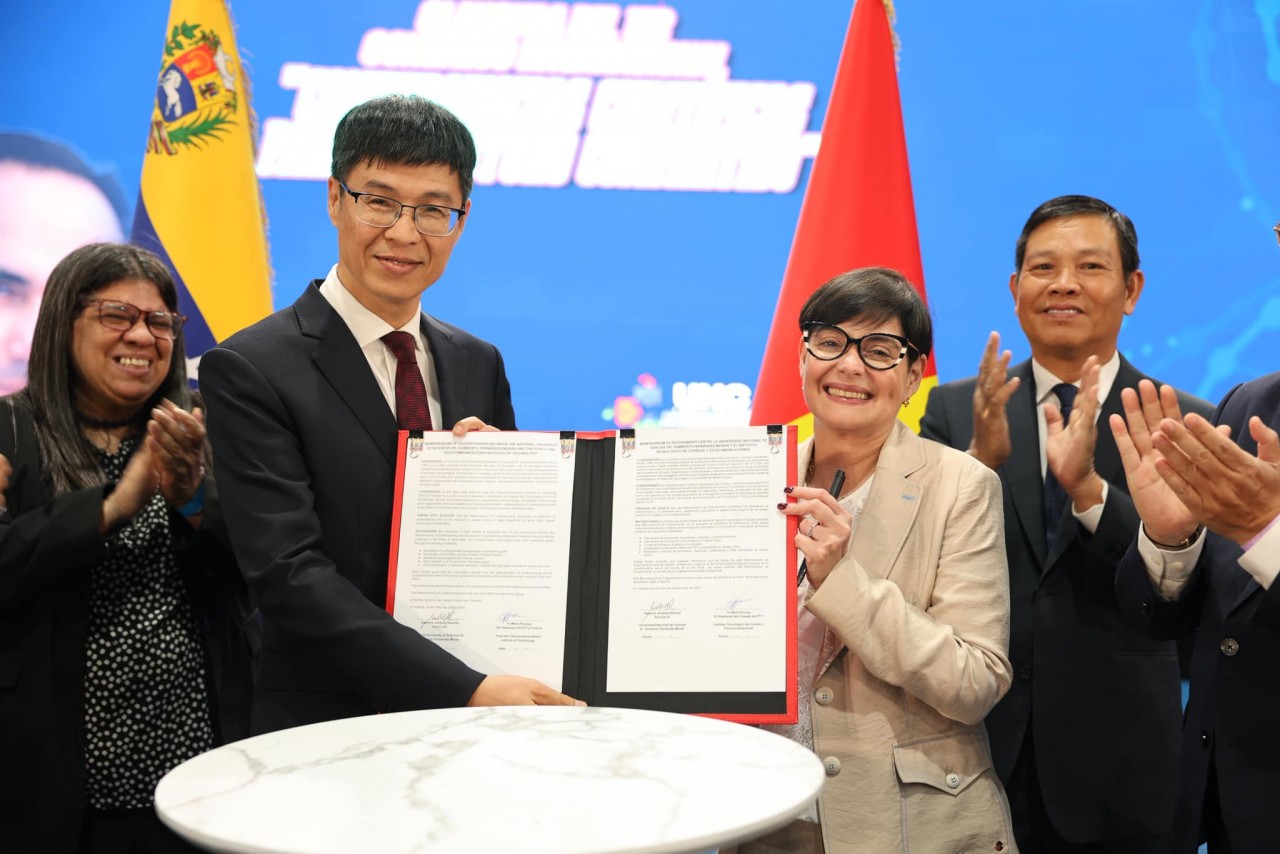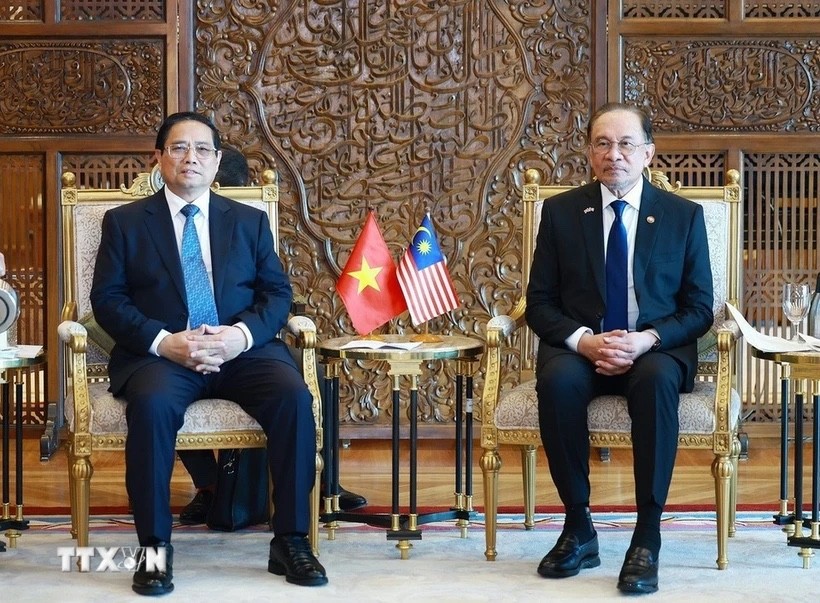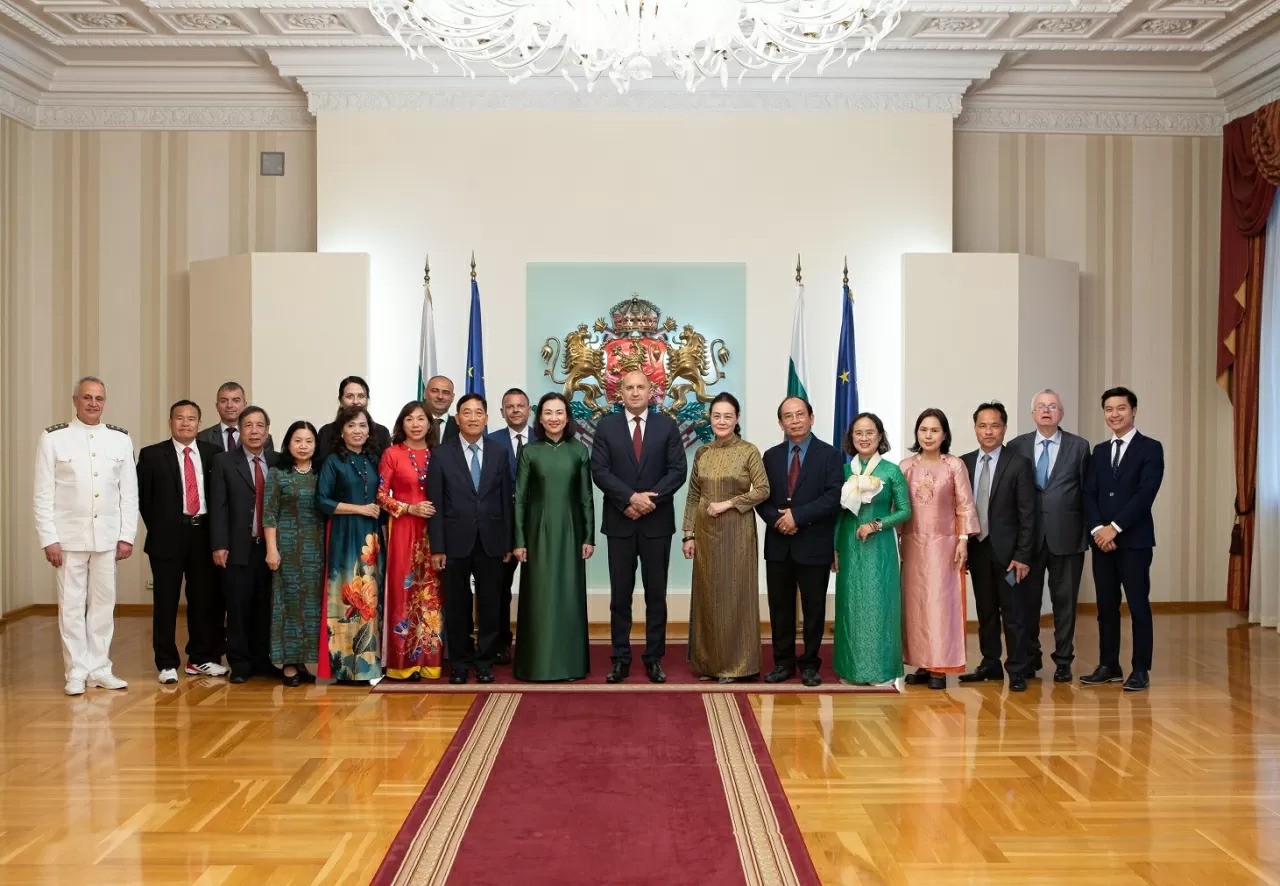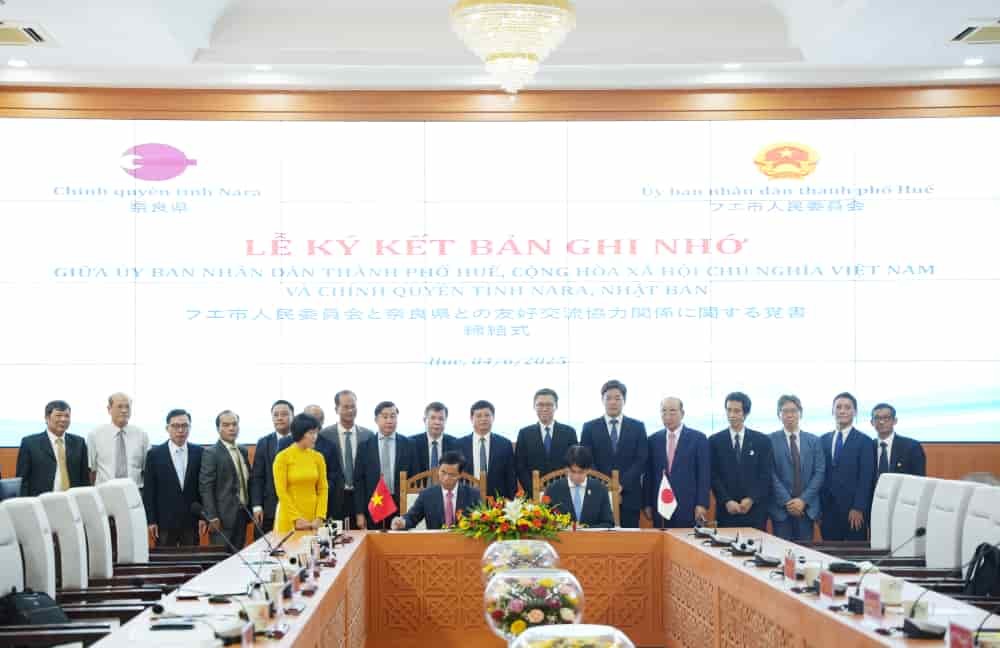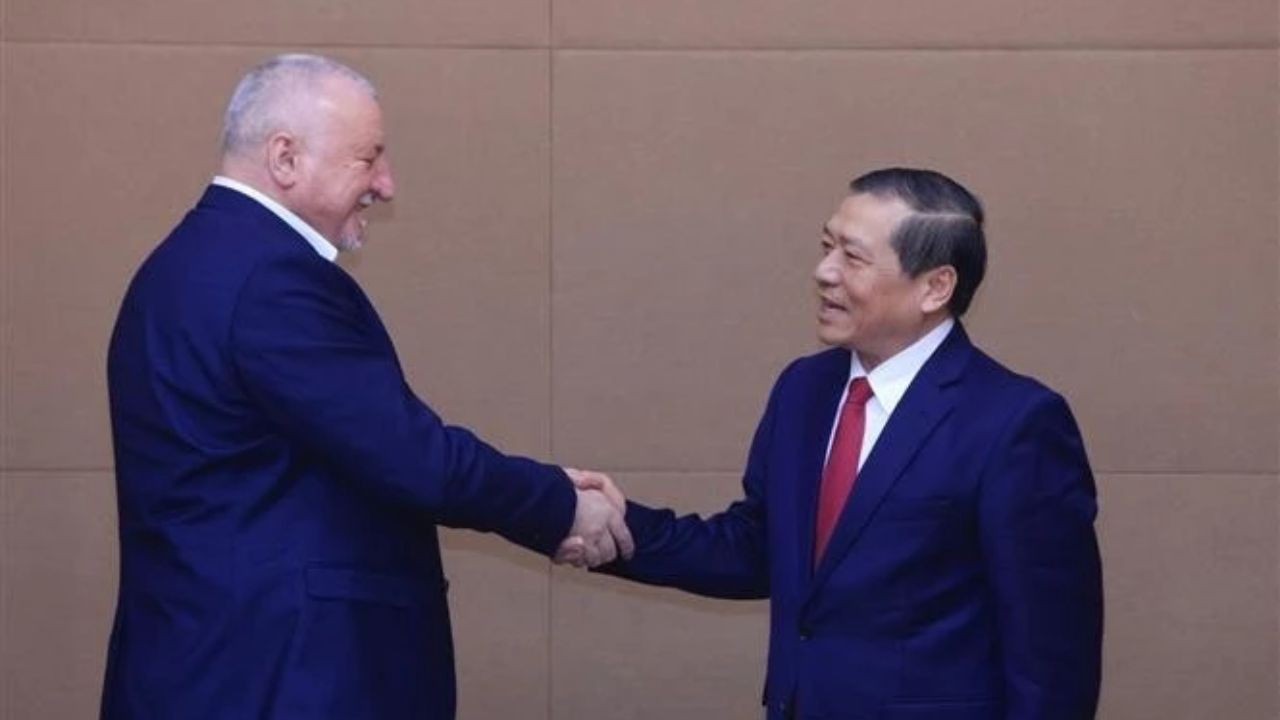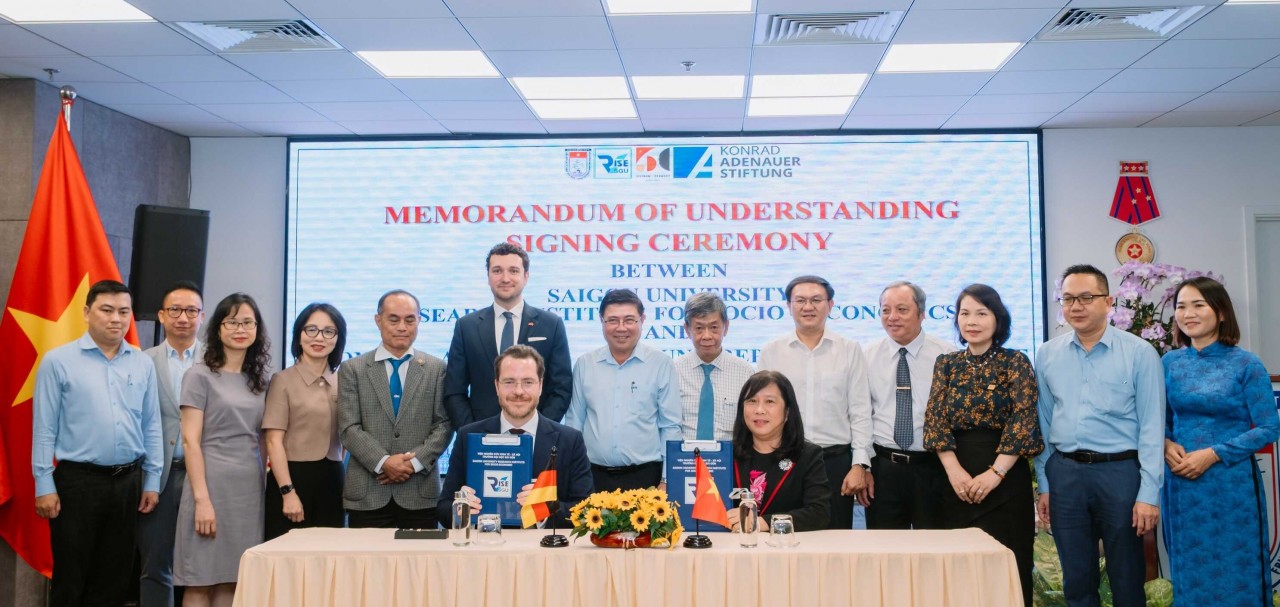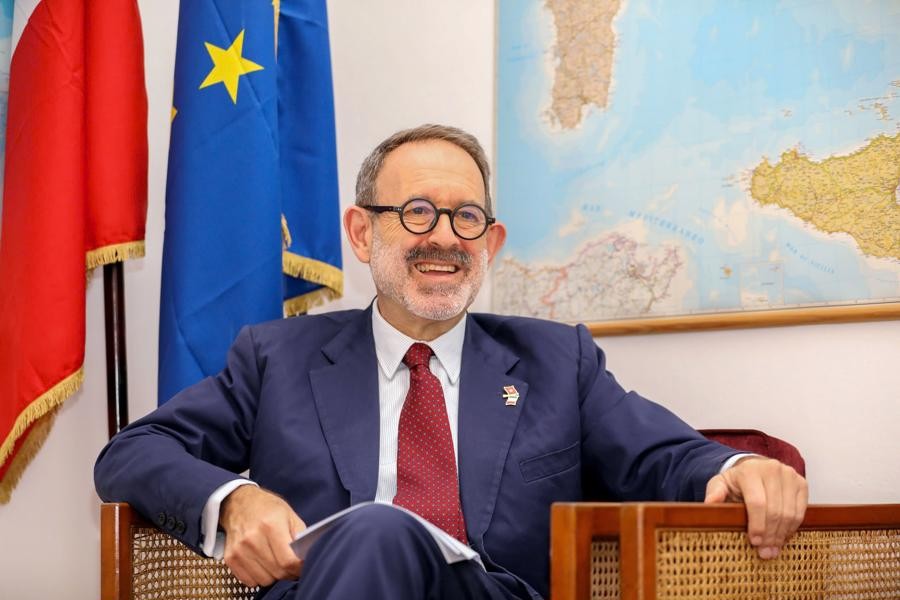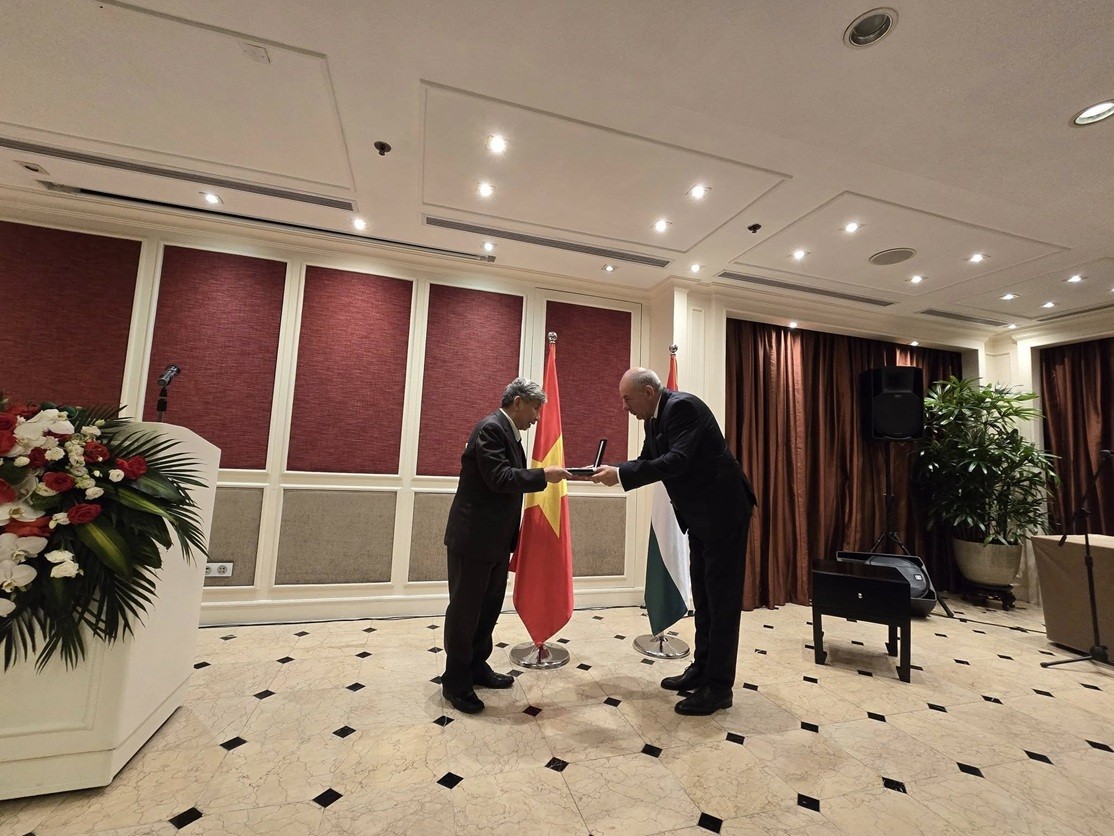On the occasion of the upcoming State visit to Vietnam by General Secretary of the Communist Party of China and President of the People's Republic of China, Xi Jinping, from April 14 to 15, Deputy Prime Minister and Minister of Foreign Affairs Bui Thanh Son shared insights into the growing Vietnam–China relationship.
 |
| Deputy Prime Minister and Minister of Foreign Affairs Bui Thanh Son speaks to the press about the visit of General Secretary and President Xi Jinping. (Photo: MOFA) |
Shared vision for stronger ties
Could you highlight key achievements in Vietnam–China cooperation in recent years?
Vietnam and China are close neighbors, sharing mountains and rivers, and a long-standing traditional friendship between their peoples. Since establishing the comprehensive strategic cooperative partnership in 2008—and especially following historic reciprocal visits by top leaders of both Parties and countries in recent years—bilateral relations have made strong, comprehensive, and remarkable progress across multiple sectors.
First, political trust has been strengthened through frequent high-level visits and exchanges, both bilaterally and multilaterally. After General Secretary Nguyen Phu Trong’s official visit to China in October 2022 and President Xi Jinping’s third State visit to Vietnam in December 2023, both sides agreed to deepen and elevate their comprehensive strategic cooperative partnership, and to build a “Vietnam–China Community with a Shared Future of Strategic Significance,” guided by the “six greater” orientations—marking a new phase of bilateral development.
During General Secretary and President To Lam’s State visit to China in August 2024, both sides reaffirmed that advancing bilateral ties remains a top priority and a strategic choice in their respective foreign and neighborhood diplomacy policies. They agreed to strengthen their comprehensive partnership and speed up the building of the shared future community, injecting fresh momentum into the relationship and fostering practical, wide-ranging cooperation across ministries, sectors, and localities.
At the multilateral level, the two countries have intensified coordination at international and regional forums such as the United Nations, APEC, and the Greater Mekong Subregion (GMS) cooperation framework. In November 2024, Prime Minister Pham Minh Chinh attended the GMS-8 Summit in China, where Vietnam, China, and other members emphasized unity and collaboration under the motto “If you want to go far, go together,” expressing shared aspirations and commitment toward a peaceful and prosperous regional future.
Institutional ties have also deepened across Party-to-Party, parliamentary, and front organizations, as well as between ministries and localities—especially in diplomacy, defense, public security, and border provinces—leading to numerous effective cooperation mechanisms and programs.
Second, economic, trade, investment, and infrastructure cooperation has grown rapidly. In 2024, bilateral trade hit a new record—over USD 200 billion by Vietnam's statistics, and USD 260 billion by China's. Vietnam remains China’s largest trading partner in ASEAN and its fourth largest globally. In Q1 2025, two-way trade reached USD 51.25 billion, up 17.46%. China is now Vietnam’s top export market for agricultural, forestry, and fishery products—benefiting millions of Vietnamese farmers.
On FDI, China ranks sixth among foreign investors in Vietnam, with total registered capital of USD 31.26 billion. The two sides have also reached consensus on resolving several long-standing project issues. Infrastructure connectivity has progressed, especially in rail transport. The two countries are closely coordinating on the planning of the Lao Cai–Hanoi–Hai Phong railway line, which Vietnam aims to begin constructing in 2025, with plans to complete two other lines—Mong Cai–Ha Long–Hai Phong and Dong Dang–Hanoi—by 2026. These projects aim to facilitate cross-border travel and trade. Progress has also been made on piloting a smart border gate system.
Third, on the occasion of the 75th anniversary of diplomatic ties (January 18, 1950 – January 18, 2025), General Secretary To Lam and General Secretary and President Xi Jinping held an important phone call in January 2025 to officially launch the “Vietnam–China Year of People-to-People Exchanges.” This initiative boosts already vibrant cultural, tourism, and public diplomacy activities. Various political and social organizations as well as local authorities on both sides have established and maintained regular cooperation mechanisms. Around 24,000 Vietnamese students are currently studying in China—double the number from five years ago. In tourism, China remains Vietnam’s largest source market post-COVID-19.
Fourth, both sides have effectively managed differences and maintained peace and stability in the South China Sea. Based on the 2011 agreement on basic guiding principles for settling maritime issues and the government-level negotiation mechanism on boundary and territory, as well as other maritime dialogue frameworks, the two countries have maintained regular communication, promptly addressed emerging issues, and made progress, particularly in less sensitive maritime cooperation areas—contributing to regional and global peace and stability.
Milestone visit in Vietnam–China ties
What is the significance of General Secretary and President Xi Jinping’s upcoming State visit to Vietnam, especially in the context of the 75th anniversary of diplomatic relations?
This visit, taking place less than a year after General Secretary To Lam’s State visit to China, is a major political and diplomatic event for both Parties and countries. It marks General Secretary and President Xi Jinping’s fourth visit to Vietnam as China’s top leader, and his second during the current terms of both the Vietnamese and Chinese Communist Parties. The visit also coincides with the “Vietnam–China Year of People-to-People Exchanges” and the 75th anniversary of diplomatic relations (1950–2025), giving it additional symbolic meaning.
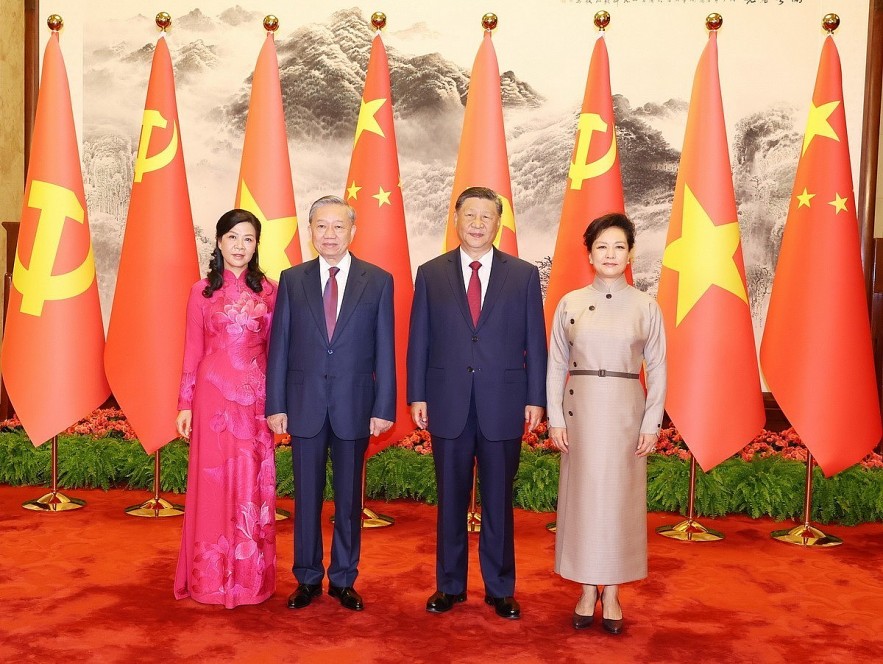 |
| General Secretary and President of China Xi Jinping and his spouse (right) and General Secretary and President To Lam and his spouse (left). (Photo: Tri Dung/VNA) |
President Xi is expected to hold talks with General Secretary To Lam, President Luong Cuong, and meet with Prime Minister Pham Minh Chinh and National Assembly Chairman Tran Thanh Man. The leaders will discuss strategic directions and concrete steps to further deepen bilateral ties across all sectors. Around 40 cooperation agreements are expected to be signed during the visit, covering key areas such as infrastructure, trade, agriculture, science and technology, education, digital economy, and green development.
This visit will reinforce high-level political trust, promote substantial cooperation, and energize people-to-people exchanges. It also presents an opportunity for both sides to discuss and address outstanding issues candidly and constructively, especially regarding border and maritime matters, ensuring these do not affect the overall development of bilateral ties.
With strong commitment and close coordination from both sides, I believe this visit will be a great success, marking a new high point in the friendly neighborly relations, comprehensive strategic partnership, and shared future of strategic importance between Vietnam and China.
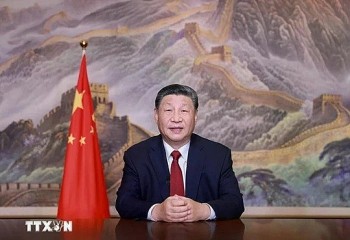 | Top Leader of China to Pay State Visit to Vietnam The visit will be made at the invitation of General Secretary of the Communist Party of Vietnam Central Committee To Lam and State President Luong ... |
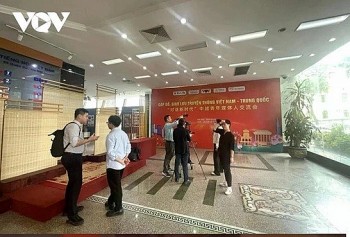 | Vietnam–China Media Exchange Program Strengthens Bilateral Friendship The programme featured three main components, including the release of the documentary “The Path of Development”, the launch of the Vietnam–China Media Exchange Programme 2025, .. |






